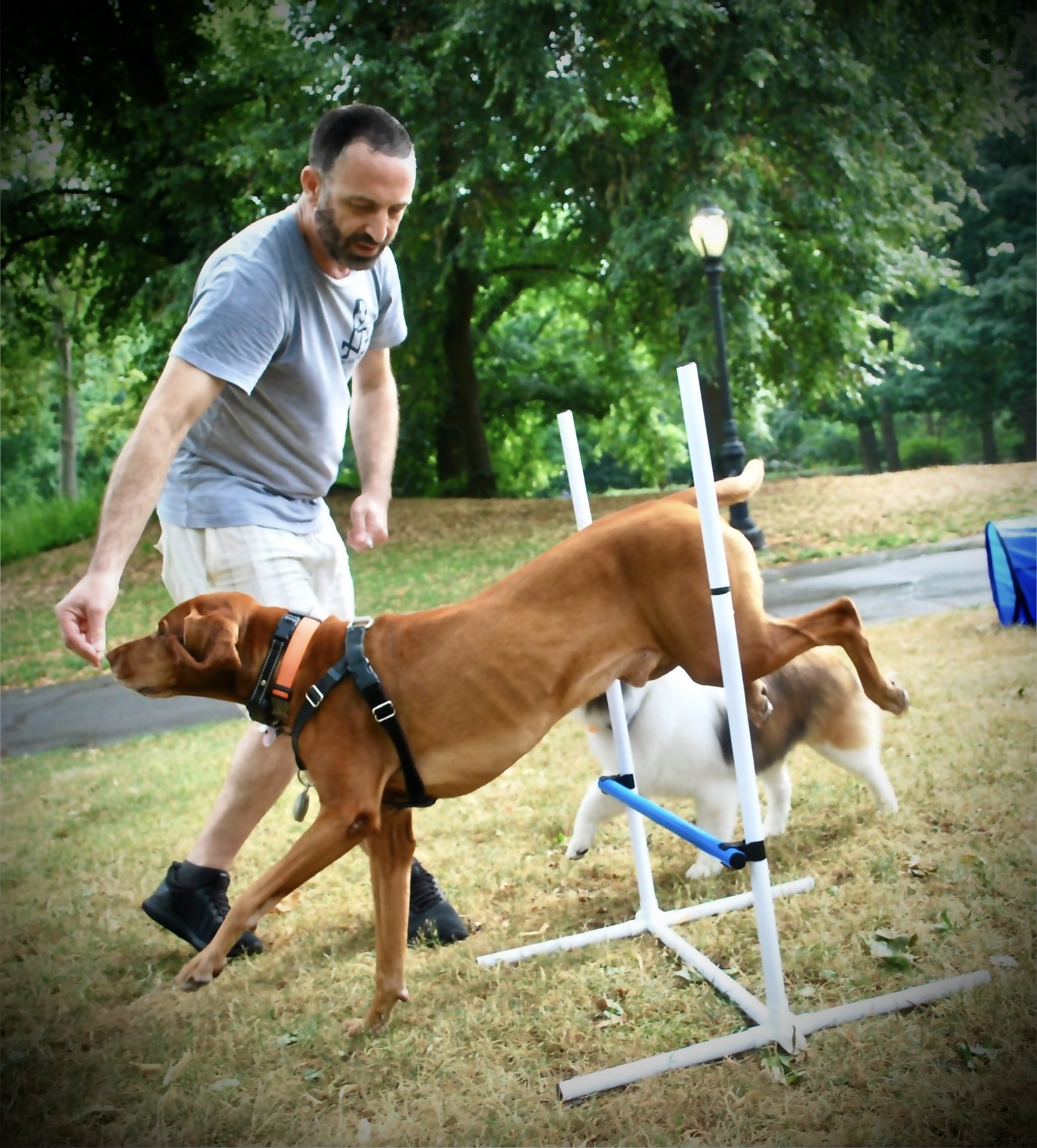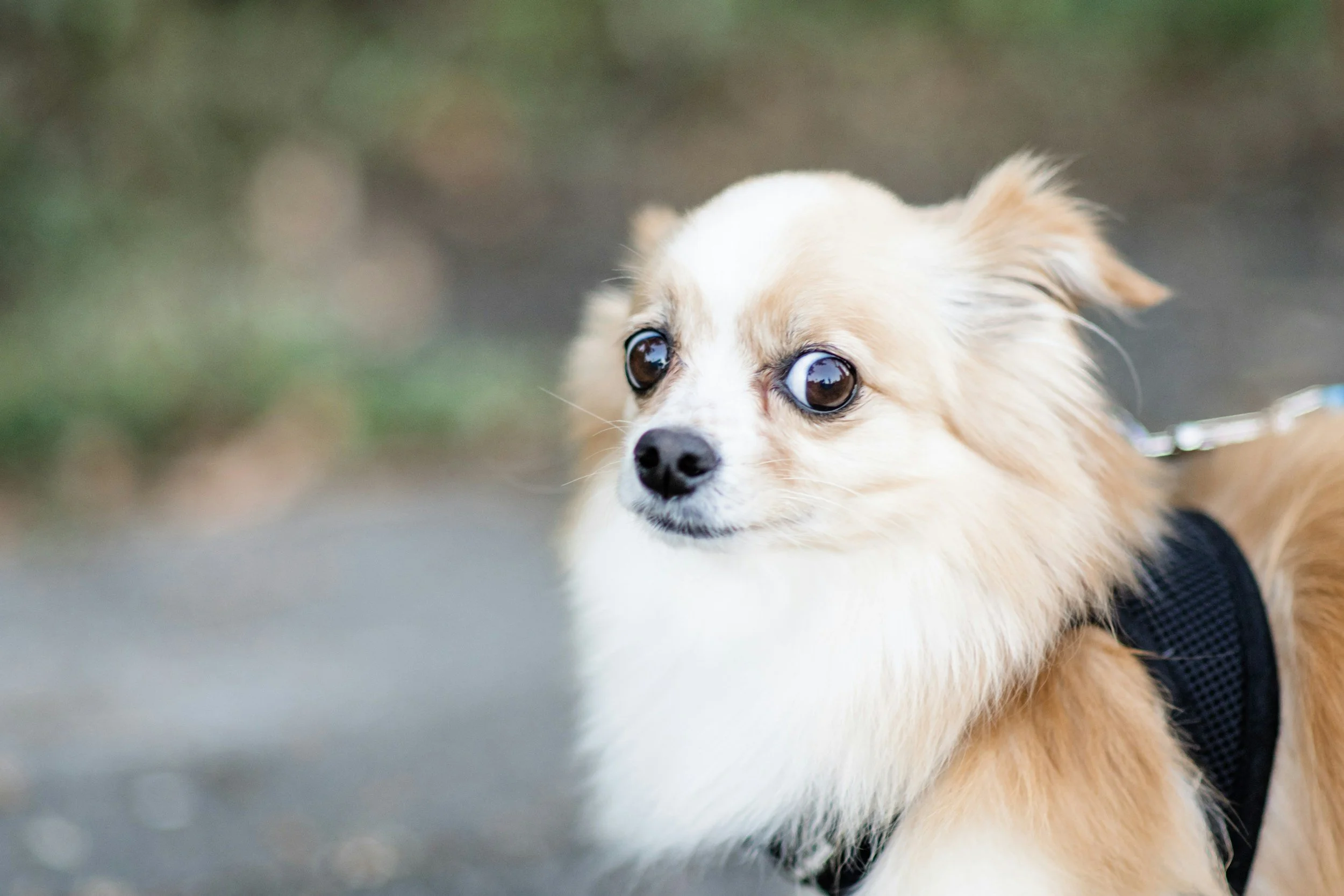
Behaviors We Treat
Evidence-based behavior modification designed for reactivity, aggression, fear, and anxiety—rooted in neuroscience and positive reinforcement.
Book NowCommon Issues We Solve
Leash Pulling
Transform tug-of-war walks into calm, enjoyable strolls.
Reactivity
Help your dog stay composed around other dogs and people.
Separation Anxiety
Build confidence for solo time — without the stress.
Barking & Jumping
Replace chaos with calm using positive, structured training.




How Our Training Process Works
We keep things simple, science-based, and tailored to your dog. Here’s what working with PJH Dog Training looks like — from your first message to a calmer, more confident companion.
Step 1 — Book Your Consultation
A deep-dive into your dog's history, routines, environment, and behavior. You’ll walk away with immediate strategies and an evidence-based understanding of what's driving your dog’s behavior.
Step 2 — Customized Training Plan
You get a structured, written plan built around positive reinforcement, stress reduction, and realistic weekly goals — never guessing what to work on next.
Step 3 — Hands-On Training Sessions
We train through real-life scenarios — in-home, in your building, or on NYC streets — keeping your dog under threshold so progress sticks long-term.
Step 4 — Review, Support & Next Steps
You receive feedback, progress tracking, and updated strategies. We assess your results and determine whether you need continued sessions, specialty programs, or just a maintenance plan.
Frequently Asked Questions
Do you use positive reinforcement only?
Yes. All training is force-free and grounded in behavioral science. No shock, choke, prong, intimidation, or dominance-based methods — ever.
Can you help with reactivity or aggressive behavior?
Absolutely. Reactivity, fear, and complex behavior cases are our specialty. We use systematic desensitization, counter-conditioning, and emotional regulation.
How long does it take to see progress?
Many dogs show improvement in 1–2 sessions, especially with leash manners and focus work. Reactivity and fear-based behaviors typically require several weeks of consistent practice.
Do you travel to my neighborhood?
We primarily serve the Upper West Side, Manhattan Valley, and Morningside Heights. Certain areas may require a small travel fee depending on distance.
What if my dog wasn’t socialized properly?
We help late-socialized dogs improve using structured exposure, confidence building, and controlled positive associations.
Are treats required during training?
Treats are the fastest and most effective reinforcement method. Once behaviors are learned, we fade treats strategically for long-term reliability.
Can multiple people in my household participate?
Yes. Consistency between handlers — family members, partners, roommates, dog walkers — accelerates training success.
What’s the difference between a trainer and a behaviorist?
Trainers teach skills; behavior specialists modify emotions like fear, anxiety, and frustration. Our approach blends both, ideal for complex NYC cases.
Do you work with puppies too?
Absolutely. We specialize in setting NYC puppies up for success with crate training, socialization, elevator manners, handling skills, and resilience building.
What happens after my training package ends?
You receive a clear maintenance plan, plus options for follow-up sessions or agility classes to continue your dog’s progress.
Ready to Start In-Home Training?
Whether you're dealing with reactivity, pulling, jumping, or puppy challenges, we’ll help you unlock calm, confidence, and better communication — the science-based way.
Book Your First Session